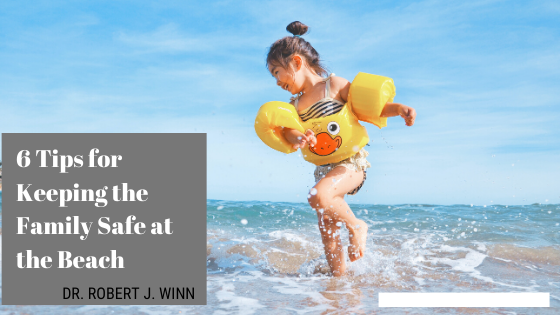1) Mind Local Cautions
When wind generates waves, the more wind there is, the stronger the waves are. So when it’s time to grab your surfboard, it’s an indicator that some strong currents are flowing underneath. This can be dangerous for weak swimmers and especially little children who could be pulled down or out to sea.
The United States uses a flag system for beaches to indicate danger: Green flags mean that it is safe for all swimmers. Yellow flags mean moderate chop. Red flags mean to stay close to shore, and double red flags indicate that you should avoid the water at all costs.
2) Don’t Drink Alcohol
Nearly half of all catastrophic boating injuries and swimming injuries involve alcohol in some form. Even small amounts of drinking can hurt your ability to coordinate when it counts the most. Alcohol also increases risks for hypothermia, making an especially chilly body of water even more dangerous.
3) Know the Signs of Drowning
Drawing doesn’t look like it does in the movies; people don’t wave their arms or scream. Rather, those who are drowning care barely keep their heads above water for more than 20-40 seconds. Their arms are busy keeping them barely afloat, and they won’t wave them. They’ll keep sinking and reappearing until they finally drown unless rescued.
4) Avoid the Outdoors During Lightning
During lightning storms, it is not uncommon for swimmers or even sunbathers to be struck by lightning. Beach strikes are even more common than in other areas. Don’t wait it out and risk severe injury or death; seek refuge inside.
5) Don’t Dive Until You Know the Depth
A classic but deadly mistake; people have broken bones and even died because they didn’t heed “no diving” signs or dove into a body of natural water without knowing the depth or what was underneath it. Even the sand is not forgiving, it will act like a wall of concrete.
6) Avoid Cloudy Water
Water that looks fuzzy or cloudy, regardless if it is a natural body of water or a pool, needs to be avoided. Bacteria and chemical toxins can easily inhabit these areas and cause rashes, internal distress, vomiting, and even death.


